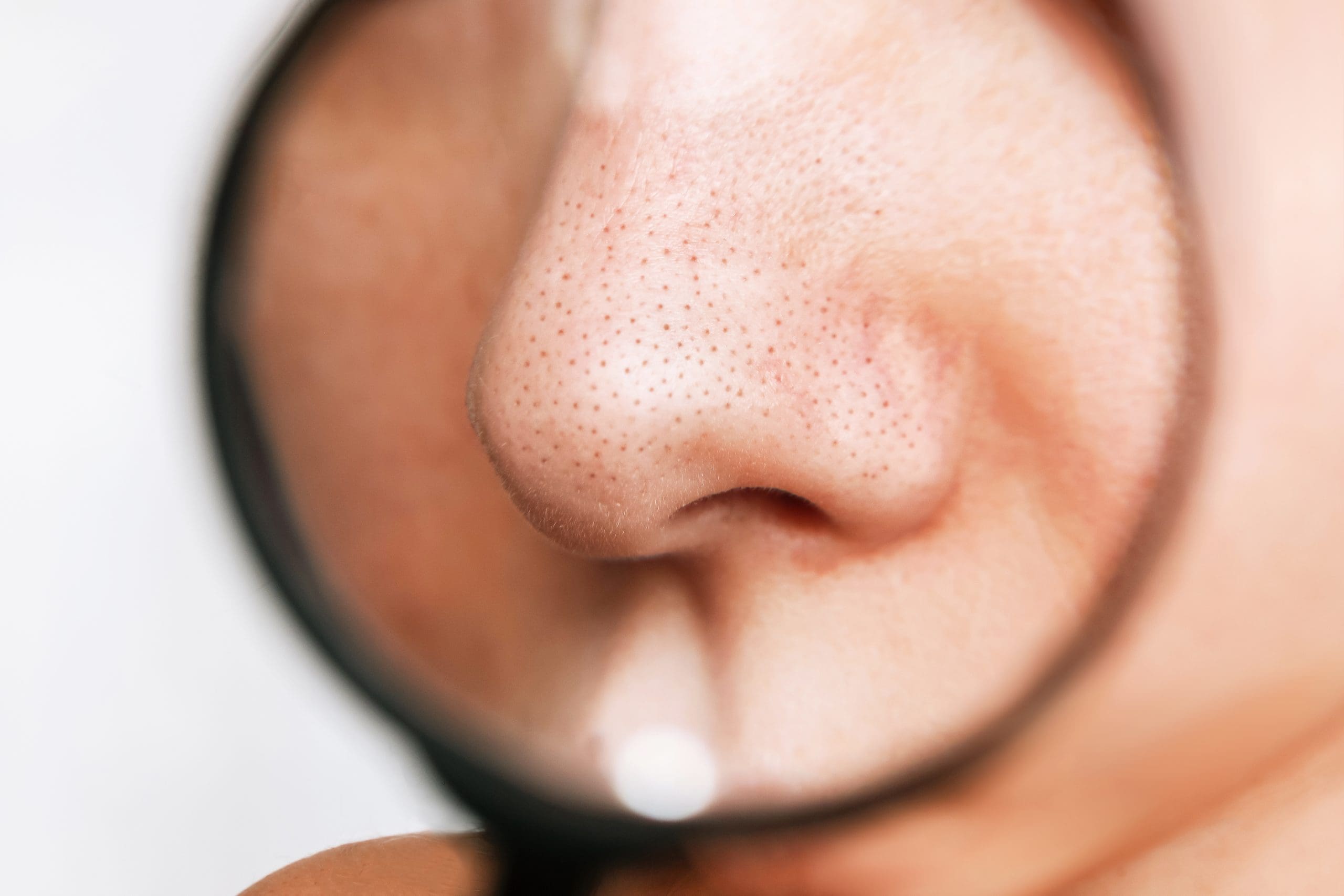Sebum, a natural oil produced by the sebaceous glands in the skin, plays a crucial role in maintaining skin health. However, an excess of sebum can contribute to the development of acne, a common skin condition that affects people of various ages. Understanding the relationship between sebum and acne is essential for adopting effective skincare practices and managing breakouts.
The Role of Sebum:
Sebum is a waxy, oily substance that lubricates and protects the skin. It helps prevent dehydration by retaining moisture and forms a protective barrier against external elements. Sebum production is influenced by various factors, including genetics, hormonal fluctuations, and environmental conditions.
Connection Between Sebum and Acne:
While sebum is beneficial for the skin, an overproduction can lead to pore blockages and acne formation. The sebaceous glands are particularly concentrated in areas like the face, chest, and back, where acne commonly occurs. When excess sebum combines with dead skin cells and other impurities, it can create a plug in the hair follicles, leading to the development of different types of acne lesions.
1. Blackheads
Blackheads, or open comedones, occur when the pore remains open, and the trapped sebum and debris oxidize, giving them a dark appearance. Despite their name, the color is not due to dirt but rather the exposure to air.
2. Whiteheads
Whiteheads, or closed comedones, form when the pore is closed, trapping sebum and other substances beneath the skin’s surface. They appear as small, raised bumps with a white or flesh-colored top.
3. Pimples
Inflamed pimples, also known as papules and pustules, occur when bacteria on the skin, such as Propionibacterium acnes, interact with the trapped sebum and trigger an immune response. This inflammation results in red, tender bumps or pus-filled lesions on the skin.
4. Cysts and Nodules
Severe cases of acne may lead to the formation of cysts and nodules, deep, painful lesions that can cause scarring. These occur when the inflammation goes deeper into the skin, affecting surrounding tissues.
Hormonal Influence on Sebum Production:
Hormones, particularly androgens like testosterone, play a significant role in regulating sebum production. During puberty, hormonal changes often lead to an increase in sebum production, contributing to the prevalence of acne in adolescents. Hormonal fluctuations during the menstrual cycle, pregnancy, and conditions like polycystic ovary syndrome (PCOS) can also influence sebum production and acne development in adults.
Managing Sebum and Acne
Effectively managing acne involves addressing both excess sebum production and other contributing factors. Here are some strategies:
1. Gentle Cleansing: Regular cleansing helps remove excess oil, dead skin cells, and impurities from the skin’s surface. However, harsh cleansers can strip the skin of its natural oils, leading to increased sebum production. Opt for a gentle, non-comedogenic cleanser.
2. Topical Treatments: Ingredients like salicylic acid and benzoyl peroxide can help unclog pores and reduce inflammation. These treatments are often found in over-the-counter or prescription products.
3. Hormonal Management: For individuals with hormonal acne, addressing underlying hormonal imbalances may be beneficial. This can involve medications such as oral contraceptives or anti-androgens, under the guidance of a healthcare professional.
4. Moisturization: Despite having acne-prone skin, it’s important to moisturize to maintain skin barrier function. Choose non-comedogenic, oil-free moisturizers to keep the skin hydrated without exacerbating acne.
5. Professional Interventions: In severe cases, dermatological interventions such as prescription medications, chemical peels, or laser therapies may be recommended to manage acne and reduce scarring.
